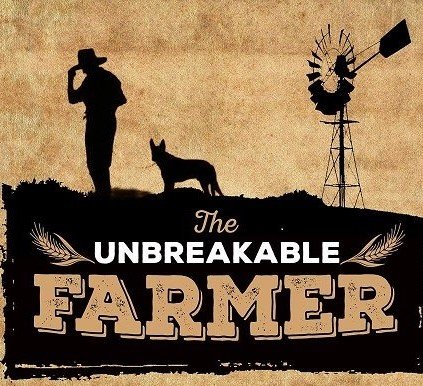The Cultural Heartbeat of Our Country is Broken.
For many Aboriginal and Torres Strait Islander (First Nations) people, good mental health is indicated by feeling a sense of belonging, having strong cultural identity, maintaining positive interpersonal relationships, and feeling that life has purpose and value (Dudgeon & Walker 2015; Dudgeon et al. 2014).
Conversely, poor mental health can be affected by major stressors such as removal from family, incarceration, death of a close friend or family member, discrimination and unemployment, as well as stressors from everyday life (PM&C 2017; Gee et al. 2014).
The legacies of colonisation and the ongoing trauma experienced by First Nations people also affect mental health. Dispossession from land, forced removal of First Nations children from families, and institutionalised racism have enduring effects on social and emotional wellbeing (Dudgeon & Walker 2015).
After travelling to the Northern Territory for a speaking gig, it was a reminder that the Mental health and wellbeing of our first nations people needs to become a priority across our country, Australians need to be aware that the welfare of our first nations people is a humanitarian crisis.
It is sad and embarrassing as a white Australia, to see the cultural heartbeat of our country so broken, and as I walked the streets of Darwin begged the question, what needs to be done to rectify this?
In 2022, suicide accounted for 4.6% of all Indigenous deaths compared to 1.6% of non-Indigenous peoples.
In 2017, 165 Indigenous people took their own lives, that figure rose to 238 in 2022 and shows no sign of abating.
Almost a third of First Nations people over the age of 18 have reported high to very high levels of psychological distress, according to the Productivity Commission. Incarceration rates are through the roof, homelessness and family violence is commonplace. ?
News this week that a 10-year-old Indigenous boy in state care took his own life is a stark reminder that the mental health and wellbeing of our First Nations people is at breaking point.
Why did this child see suicide as his only option?
The death of any child or young person is a tragedy, which has a devastating impact on the families, friends and communities involved.
In 2016, the death of a 10-year-old girl who took her own life in WA’s north-west shocked the nation and formed part of a major coronial inquiry. This recent death gives a clear indication that the lessons which were meant to from this inquiry have gone unheeded.
Action is needed.
The Government handed down its 2024 Closing the Gap Implementation plan recently, to create the needed change, the key indicators of the plan need to be vigorously pursued. Too many key indicators weren’t achieved in the initial plan set down by the Rudd government, its time for focused action.
As with any key recovery strategy community consultation will be a key ingredient of the plan that will give hope, purpose, and ownership back to the people most affected.
We all want a ‘fair go’. Why do we find it impossible to give our Indigenous brothers and sisters one?
For generations, random hand-outs have been used to quieten these indigenous issues, it’s time we gave our Indigenous brothers and sisters a hand up rather than a handout by implementing positive generational change.
Lifeline: 13 11 14 or lifeline.org.au
13 YARN: 13 92 76 or 13yarn.org.au Free resources available

